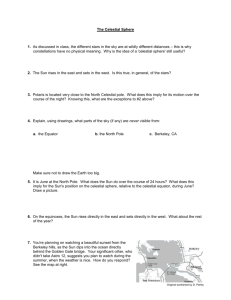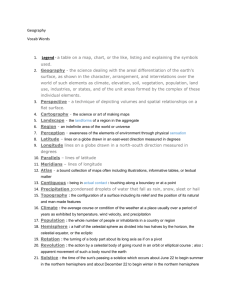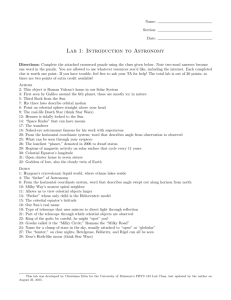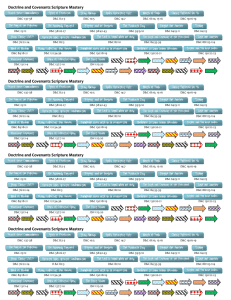Celestial Kingdom, Levels within the
advertisement
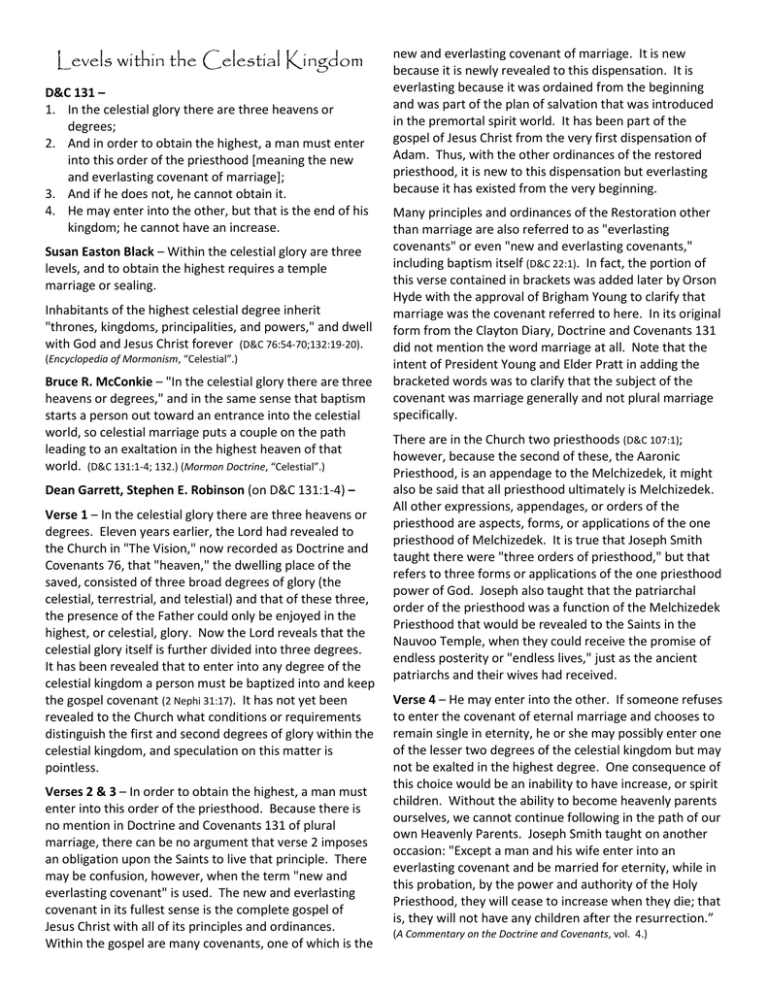
Levels within the Celestial Kingdom D&C 131 – 1. In the celestial glory there are three heavens or degrees; 2. And in order to obtain the highest, a man must enter into this order of the priesthood [meaning the new and everlasting covenant of marriage]; 3. And if he does not, he cannot obtain it. 4. He may enter into the other, but that is the end of his kingdom; he cannot have an increase. Susan Easton Black – Within the celestial glory are three levels, and to obtain the highest requires a temple marriage or sealing. Inhabitants of the highest celestial degree inherit "thrones, kingdoms, principalities, and powers," and dwell with God and Jesus Christ forever (D&C 76:54-70;132:19-20). (Encyclopedia of Mormonism, “Celestial”.) Bruce R. McConkie – "In the celestial glory there are three heavens or degrees," and in the same sense that baptism starts a person out toward an entrance into the celestial world, so celestial marriage puts a couple on the path leading to an exaltation in the highest heaven of that world. (D&C 131:1-4; 132.) (Mormon Doctrine, “Celestial”.) Dean Garrett, Stephen E. Robinson (on D&C 131:1-4) – Verse 1 – In the celestial glory there are three heavens or degrees. Eleven years earlier, the Lord had revealed to the Church in "The Vision," now recorded as Doctrine and Covenants 76, that "heaven," the dwelling place of the saved, consisted of three broad degrees of glory (the celestial, terrestrial, and telestial) and that of these three, the presence of the Father could only be enjoyed in the highest, or celestial, glory. Now the Lord reveals that the celestial glory itself is further divided into three degrees. It has been revealed that to enter into any degree of the celestial kingdom a person must be baptized into and keep the gospel covenant (2 Nephi 31:17). It has not yet been revealed to the Church what conditions or requirements distinguish the first and second degrees of glory within the celestial kingdom, and speculation on this matter is pointless. Verses 2 & 3 – In order to obtain the highest, a man must enter into this order of the priesthood. Because there is no mention in Doctrine and Covenants 131 of plural marriage, there can be no argument that verse 2 imposes an obligation upon the Saints to live that principle. There may be confusion, however, when the term "new and everlasting covenant" is used. The new and everlasting covenant in its fullest sense is the complete gospel of Jesus Christ with all of its principles and ordinances. Within the gospel are many covenants, one of which is the new and everlasting covenant of marriage. It is new because it is newly revealed to this dispensation. It is everlasting because it was ordained from the beginning and was part of the plan of salvation that was introduced in the premortal spirit world. It has been part of the gospel of Jesus Christ from the very first dispensation of Adam. Thus, with the other ordinances of the restored priesthood, it is new to this dispensation but everlasting because it has existed from the very beginning. Many principles and ordinances of the Restoration other than marriage are also referred to as "everlasting covenants" or even "new and everlasting covenants," including baptism itself (D&C 22:1). In fact, the portion of this verse contained in brackets was added later by Orson Hyde with the approval of Brigham Young to clarify that marriage was the covenant referred to here. In its original form from the Clayton Diary, Doctrine and Covenants 131 did not mention the word marriage at all. Note that the intent of President Young and Elder Pratt in adding the bracketed words was to clarify that the subject of the covenant was marriage generally and not plural marriage specifically. There are in the Church two priesthoods (D&C 107:1); however, because the second of these, the Aaronic Priesthood, is an appendage to the Melchizedek, it might also be said that all priesthood ultimately is Melchizedek. All other expressions, appendages, or orders of the priesthood are aspects, forms, or applications of the one priesthood of Melchizedek. It is true that Joseph Smith taught there were "three orders of priesthood," but that refers to three forms or applications of the one priesthood power of God. Joseph also taught that the patriarchal order of the priesthood was a function of the Melchizedek Priesthood that would be revealed to the Saints in the Nauvoo Temple, when they could receive the promise of endless posterity or "endless lives," just as the ancient patriarchs and their wives had received. Verse 4 – He may enter into the other. If someone refuses to enter the covenant of eternal marriage and chooses to remain single in eternity, he or she may possibly enter one of the lesser two degrees of the celestial kingdom but may not be exalted in the highest degree. One consequence of this choice would be an inability to have increase, or spirit children. Without the ability to become heavenly parents ourselves, we cannot continue following in the path of our own Heavenly Parents. Joseph Smith taught on another occasion: "Except a man and his wife enter into an everlasting covenant and be married for eternity, while in this probation, by the power and authority of the Holy Priesthood, they will cease to increase when they die; that is, they will not have any children after the resurrection.” (A Commentary on the Doctrine and Covenants, vol. 4.)
